Story by Jenna Benchetrit • CBC
Indigenous audiences are weighing in following the release of Martin Scorsese's historical epic Killers of the Flower Moon.
The film tells the story of the 1920s Osage murders — in which an estimated 150 members of the oil-wealthy Osage Nation in Oklahoma were killed by white interlopers in a plot to steal their land rights. Scorsese's version follows Ernest Burkhart (Leonardo DiCaprio), who marries an Osage woman named Mollie Kyle (Lily Gladstone) as part of a plan devised by his uncle, William Hale (Robert De Niro), to kill her family and take their wealth.
While critics had much praise for Gladstone's performance, some felt her character and the rest of the film's Osage characters were underwritten or stereotypical compared to the film's white lead characters.
Devery Jacobs, a Mohawk actor from Kahnawake, Que., who stars in the FX series Reservation Dogs, wrote a thread on X (formerly known as Twitter) describing Killers of the Flower Moon as "painful, gruelling, unrelenting and unnecessarily graphic."
While Jacobs said she knows the goal of the film's violence is for viewers to grasp the horror of what happened to the Osage community, she didn't feel like the characters — who are based on real-life people — were shown honour or dignity in the portrayal of their deaths.
"Contrarily, I believe that by showing more murdered Native women on screen, it normalizes the violence committed against us and further dehumanizes our people," Jacobs wrote.
Related video: Killers Of The Flower Moon Has United Rotten Tomatoes Critics (Mostly) (Looper (video)) Duration 4:08 View on Watch
Mixed feelings from Osage community
The film, which is based on author David Grann's 2017 book of the same name, was made in close consultation with the Osage Nation. Scorsese worked with Osage language consultants and descendents of the real-life people depicted in the movie. But even with that collaboration, there were always concerns about the story being told by a non-Indigenous filmmaker.
Christopher Cote, who was a language consultant on Killers of the Flower Moon, told The Hollywood Reporter shortly after its release that he had mixed feelings about the final product. He praised Scorsese but said he had hoped the film would be from Mollie's perspective.
"I think it would take an Osage to do that," he said.
During a conversation on CBC's The Sunday Magazine, Osage Principal Chief Geoffrey Standing Bear said that Cote and the community's younger people were expressing anger over a story that, until the film, was seldom talked about by people of his generation.
"My children are Osage, [my] grandchildren are Osage. I don't talk to them about this until now. But I have noticed the younger people are mad about it, are mad about the story, and it had to be told, now that I see this happening, because it's a discussion that's long overdue."
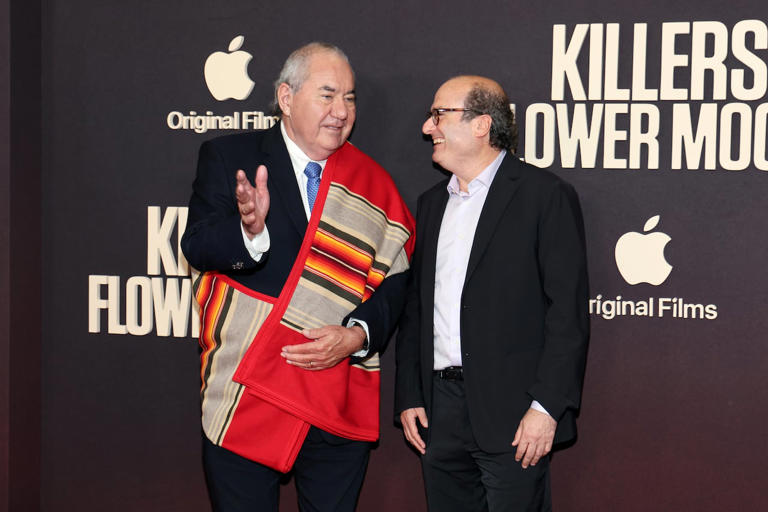
Osage Nation Principal Chief Geoffrey Standing Bear, left, and author David Grann attend the premier of Martin Scorsese's Killers of the Flower Moon in New York City on Sept. 27. (Dia Dipasupil/Getty Images)
© Provided by cbc.ca
Eric Janvier, a filmmaker from Chipewyan Prairie Dene First Nation in northern Alberta, told CBC News that there's "so much more to this story" than just its three main characters.
Unlike some other non-Indigenous filmmakers who have told Indigenous stories, Janvier said that Scorsese "comes with respect to the cultures that he's representing. Sometimes he doesn't [do] all the legwork, but he at least tries."
'It's the plot of colonialism'
Others felt that the film overlooked the systemic issues at play in the story of the Osage murders.
"One of the challenges I have coming out of it is that I feel that it does provide audiences both a mirror — mostly non-Indigenous audiences — a mirror to look into," said Jesse Wente, a chairperson for the Canada Council of the Arts.
"But I worry that the mirror directs them to an individual case as opposed to systemic outcomes."
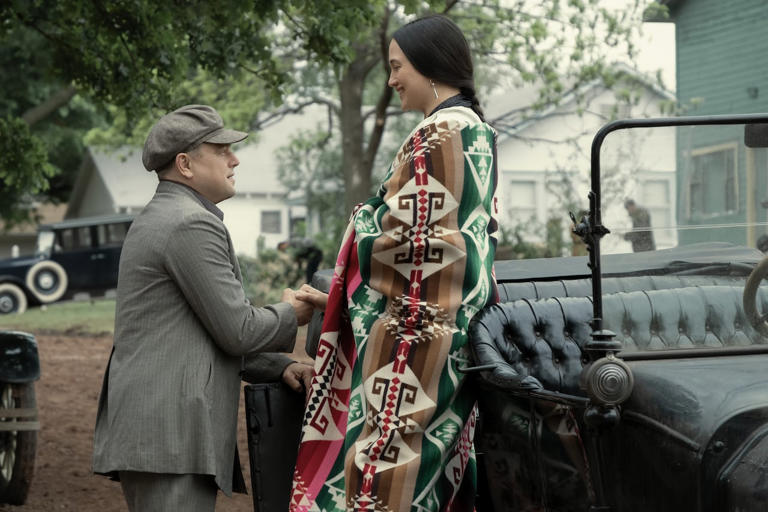
The opening scene from Killers of the Flower Moon shows Leonardo DiCaprio as Ernest Burkhart and Lily Gladstone as Mollie Kyle. Some felt that Gladstone's character was underwritten compared to DiCaprio's. (Apple)© Apple
"It wasn't the plot of two white men. It's the plot of colonialism," he said.
During the same conversation, author and former CBC journalist Angela Sterritt said that while she was glad to see the film illuminate this piece of history, she questioned the film's depiction of the Osage as "very sickly, very weak," as well as several graphic scenes that show the bodies of the murder victims.
"I just thought there [were] so many more opportunities to represent the Osage people as people who didn't go down without a fight," said Sterritt, who is a member of the Gitxsan Nation.
"From the get go, [they] were standing up for themselves in every single aspect of their lives, not needing a white saviour to do that for them on their behalf."
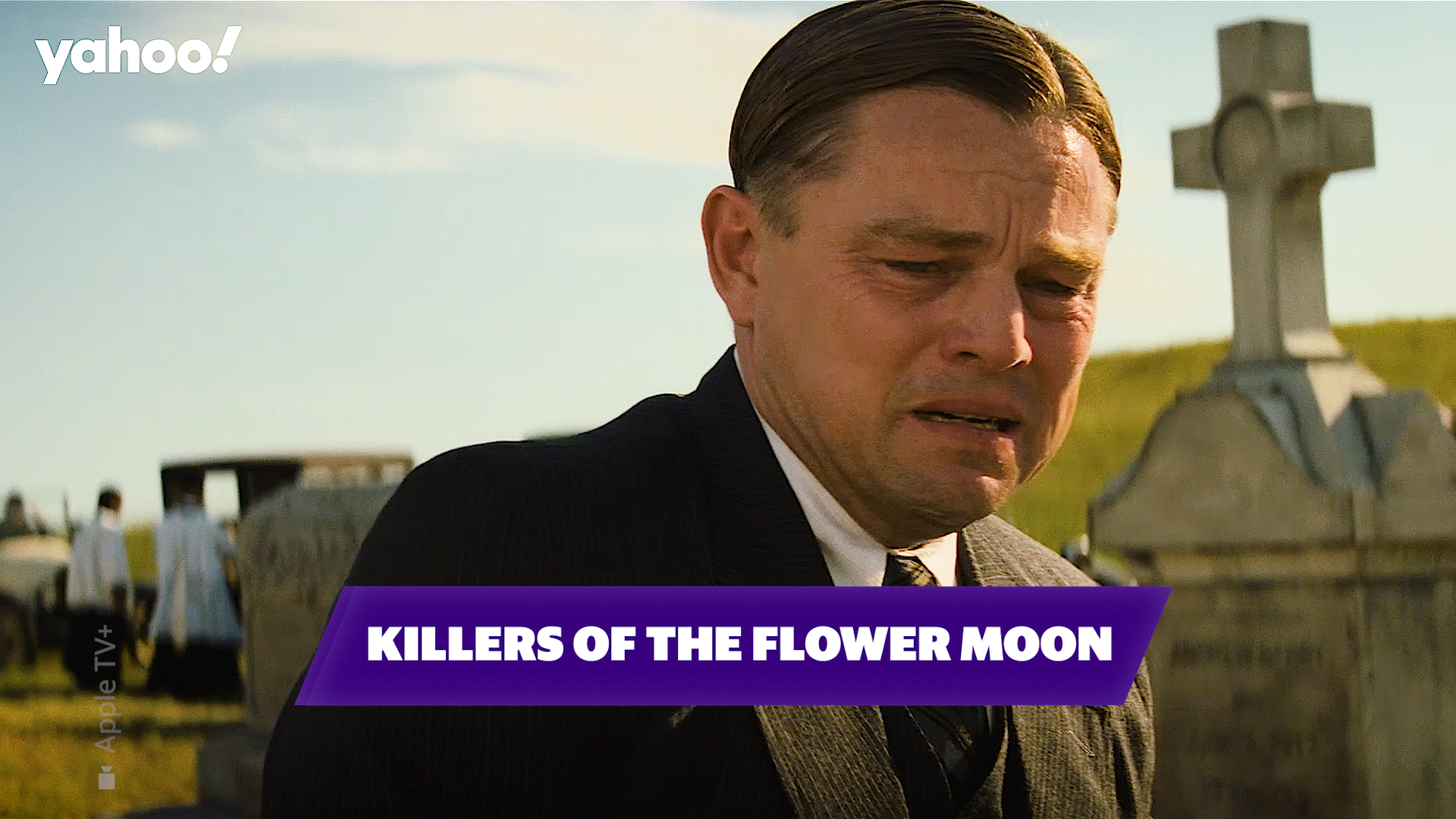
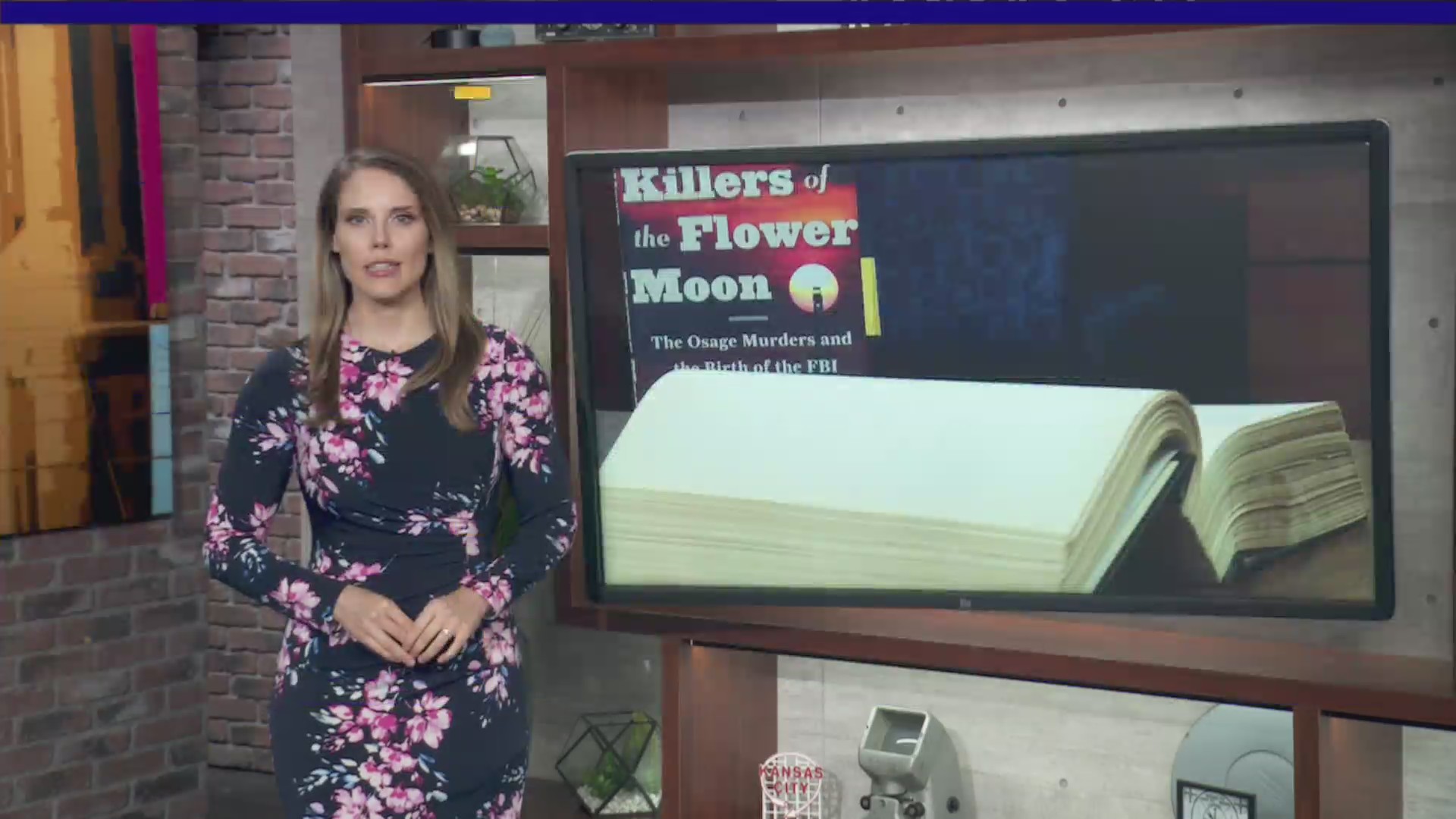
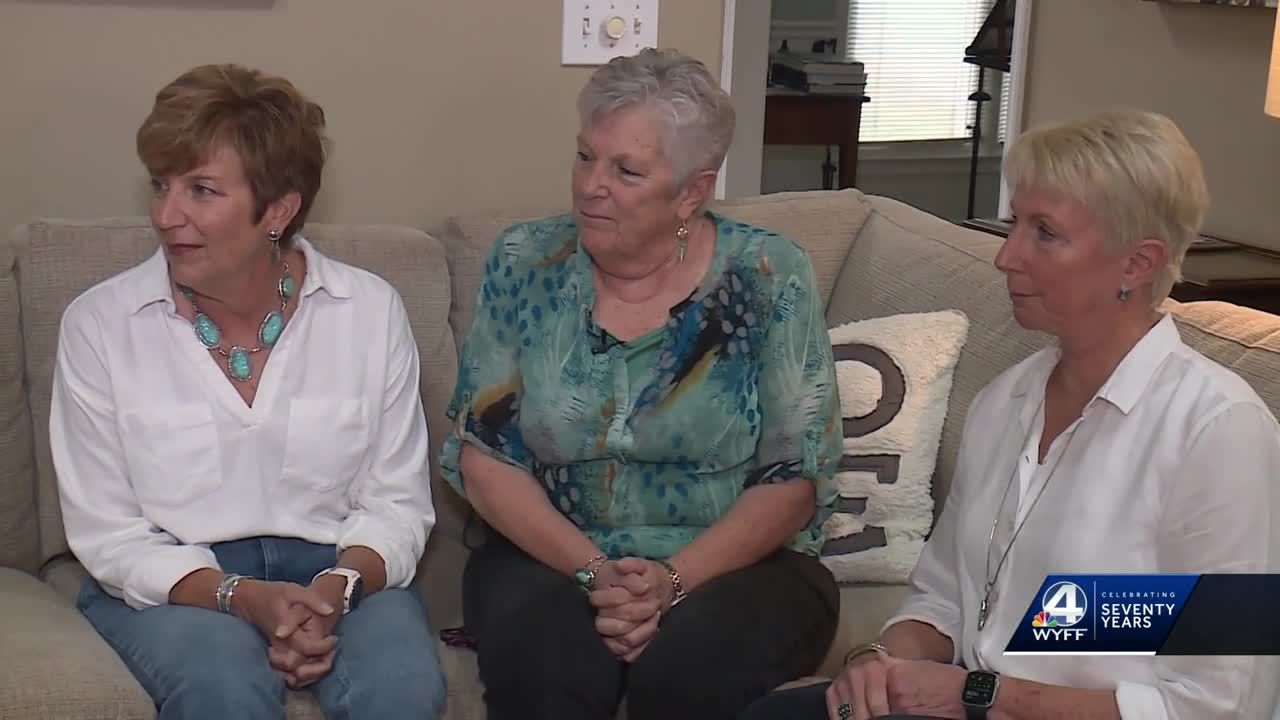
No comments:
Post a Comment